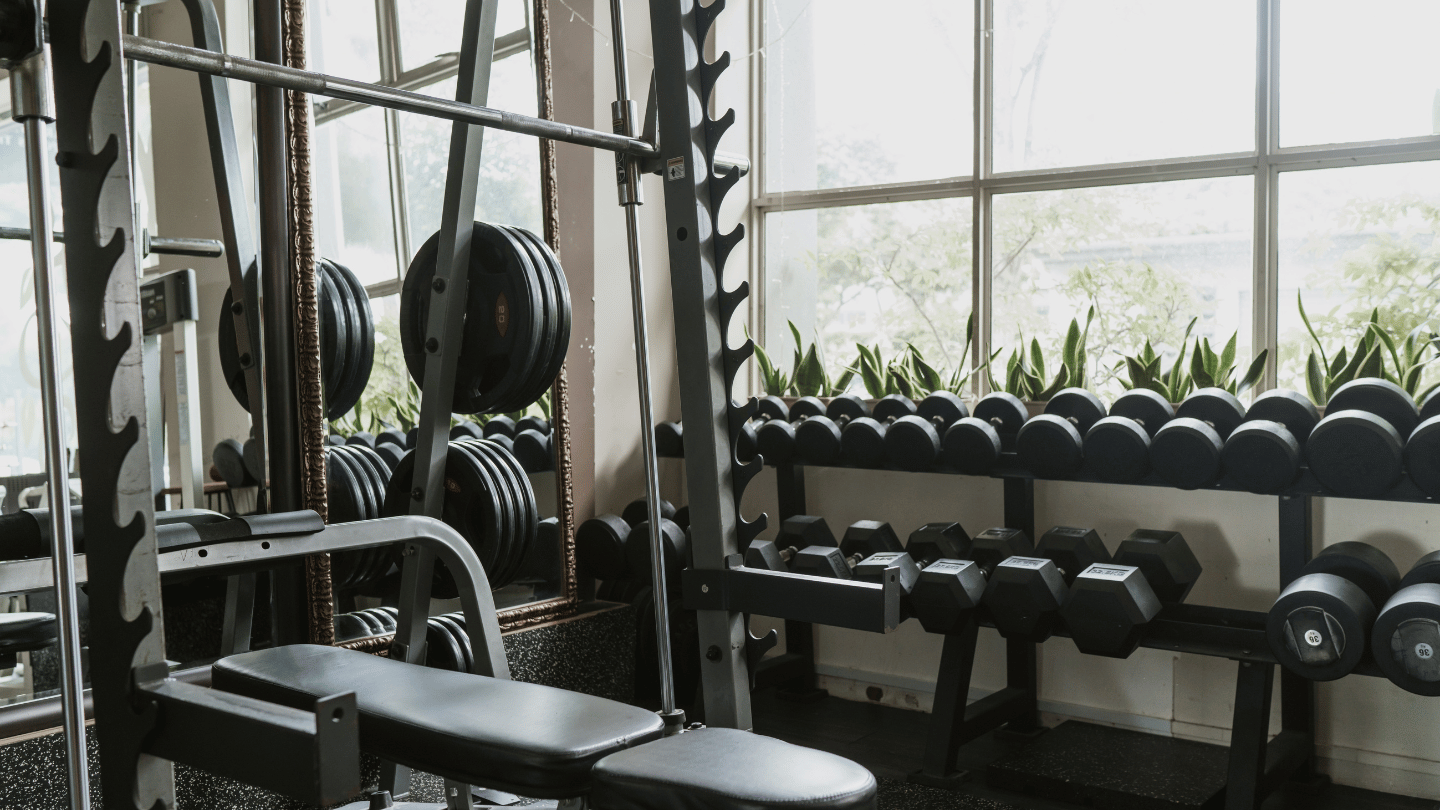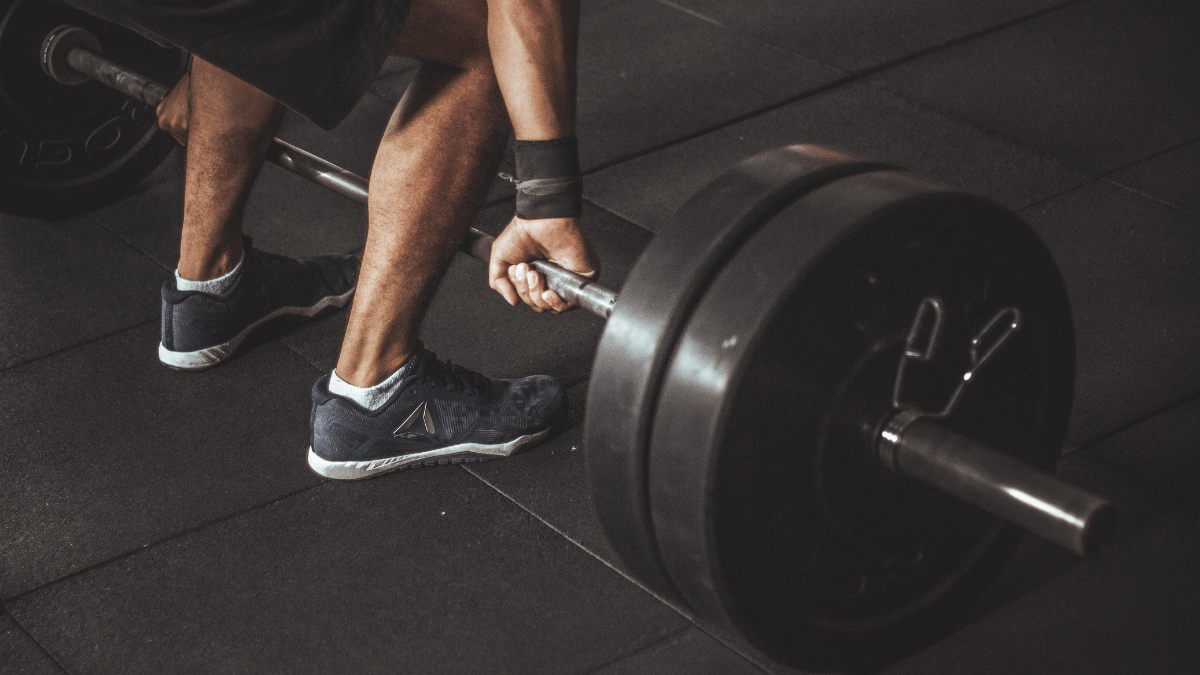Most workout plans for beginners are way too complicated. Fifteen different exercises. Complex periodization schemes. Workouts that change every week. No wonder people quit after a month.
Here's what actually works: Keep it simple. Train hard. Train often. Rest and grow.
At Hideout Fitness in Irvine, we've trained hundreds of people from Newport Beach, Costa Mesa, and across Orange County. But the ones who get results follow simple strength training guidelines consistently. Those who struggle constantly switch programs and overthink every detail.
Let's break down the basic training guidelines that build muscle and strength.
Train hard. Train often. Rest and grow.
That's it. That's the system. Everything else is details.
You don't need a PhD in exercise science to build muscle. You don't need to understand advanced periodization. You need to lift heavy things regularly, eat enough food, and sleep.
Simple works. Simple is sustainable. Simple gets results.
But simple doesn't sell workout programs. So you get bombarded with complex plans that promise faster results if you just follow their 47-step system. Then you get overwhelmed and quit.
Our members from Costa Mesa to Newport Beach who've been training for years aren’t doing anything complicated. They're doing the basics consistently.
Volume means how many sets you're doing. Intensity means how hard those sets are.
For beginner strength training, here's what works.
Weekly volume per muscle group
- Beginners: 5-10 hard sets per week
- Intermediate: 10-15 hard sets per week
- Advanced: 15-20+ hard sets per week (if you're here, you don't need this article)
A "hard set" means you're training close to failure. Not absolutely grinding out the last rep with terrible form. But working hard enough that you may have 1-3 reps left in the tank.
What this looks like in practice:
If you're hitting chest twice weekly:
- Monday: 3 sets bench press, 2 sets incline dumbbell press = 5 sets
- Thursday: 3 sets dips, 2 sets cable flies = 5 sets
- Total: 10 weekly sets for chest
That's plenty for muscle growth. You don't need 20 sets of chest. More isn't always better.
Training near failure matters:
Sets that stop 5+ reps short of failure don't do much. You need to create enough stimulus for your body to adapt. That means the last few reps should feel challenging.
Aim for the lower end (5-10 weekly hard sets) if you're just starting your workout plan for beginners. You can always add more later. Starting too high leads to burnout and excessive soreness that keeps you from training consistently.
Here's something that'll save you hours of forum reading: all rep ranges drive muscle growth.
Want to do sets of 5? Great, you'll build muscle. Want to do sets of 12? Also great, you'll build muscle. Want to do sets of 20? Still works.
Practical rep range guidelines
Lower reps (4-8 reps per set) work well because:
- More efficient. You accumulate volume faster
- Builds strength alongside muscle
- Less cardiovascularly demanding
- Easier to maintain good form
This is what we typically recommend for beginner muscle building at Hideout Fitness. Pick a weight you can lift for 4-8 reps with good form. When you hit 8 reps, add weight.
Higher reps (10-15+) also work:
- Might be easier on joints for some people
- Good for learning new movements
- Creates a different training stimulus
Use whatever rep range you can train consistently and with good form. That's more important than optimizing between 6 reps versus 10 reps.
A simple approach:
Main compound lifts (squats, deadlifts, presses): 4-8 reps Accessory work (curls, lateral raises, etc.): 8-15 reps
Done. You just saved yourself from endless rep range debates.
Training muscles at least 2x per week generally works better than once weekly. This is one of the clearer findings in strength training research.
Why twice weekly beats once weekly:
If you do 10 sets of chest on Monday, that's one big stimulus followed by 6 days of nothing. If you do 5 sets Monday and 5 sets Thursday, you're creating two separate growth signals.
More frequent stimulation typically leads to better results, especially for beginners.
Practical training frequency for beginners
3-day full body split:
- Monday: Upper and lower body
- Wednesday: Upper and lower body
- Friday: Upper and lower body
Each muscle gets trained 3x weekly with moderate volume per session. This is our default recommendation for people starting strength training in Irvine and across Orange County.
4-day upper/lower split:
- Monday: Upper body
- Tuesday: Lower body
- Thursday: Upper body
- Friday: Lower body
Each muscle group gets hit 2x weekly. Good option if you have a bit more time.
What about training more often?
You can train 5-6 days weekly if you manage volume properly. But for most people with jobs and lives outside the gym? 3-4 days works better long-term.
Remember: consistency matters more than frequency. Training 3 days weekly for a year beats training 6 days weekly for two months before burning out.
Here's what these strength training guidelines look like in practice:
3-Day Full Body Program:
Monday, Wednesday, Friday:
Main Lifts (4-8 reps, 3 sets each):
- Squat or leg press
- Bench press or dumbbell press
- Row or pulldown
Accessory Work (8-12 reps, 2-3 sets each):
- Shoulder press
- Leg curl
- Bicep curl
- Tricep extension
That's about 8-10 sets per muscle group weekly. Hits everything twice weekly minimum. Takes 45-60 minutes per session.
Progressive overload:
Add weight when you hit the top of your rep range. If you're doing 4-8 reps and you hit 8 reps on all sets, add 5 pounds next session.
Can't add weight? Add a rep. Eventually, you'll work back up to adding weight.
Rest periods:
2-3 minutes between sets on main lifts. 60-90 seconds on accessory work. Don't rush. Quality reps matter more than how quickly you finish.
This basic structure works for beginner muscle building and continues working as you get stronger. You might add exercises or adjust volume over time, but the framework stays the same.
At Hideout Fitness, our members in Irvine, Tustin, and Lake Forest follow variations of this exact approach. Some train 3 days, some 4. Some prefer different exercises.
But the principles stay consistent: appropriate volume, hard sets, frequent training, progressive overload.
Mistake #1: Changing programs every few weeks
You can't evaluate if something works in two weeks. Give a program at least 8-12 weeks before switching. Consistency beats optimization.
Mistake #2: Not tracking anything
If you're not writing down weights, sets, and reps, you're guessing. Progressive overload requires knowing what you did last session, so you can try to beat it.
Mistake #3: Ignoring recovery
These guidelines assume you're sleeping 7-8 hours (get enough sleep!) and eating enough food. You can't train hard, train often, and skip the "rest and grow" part.
Recovery is when you actually build muscle.




















.png)











.png)


























.png)
.png)
.png)



























.png)
.png)
.png)
.png)
.png)
.png)
.png)
.png)
.png)
.png)

